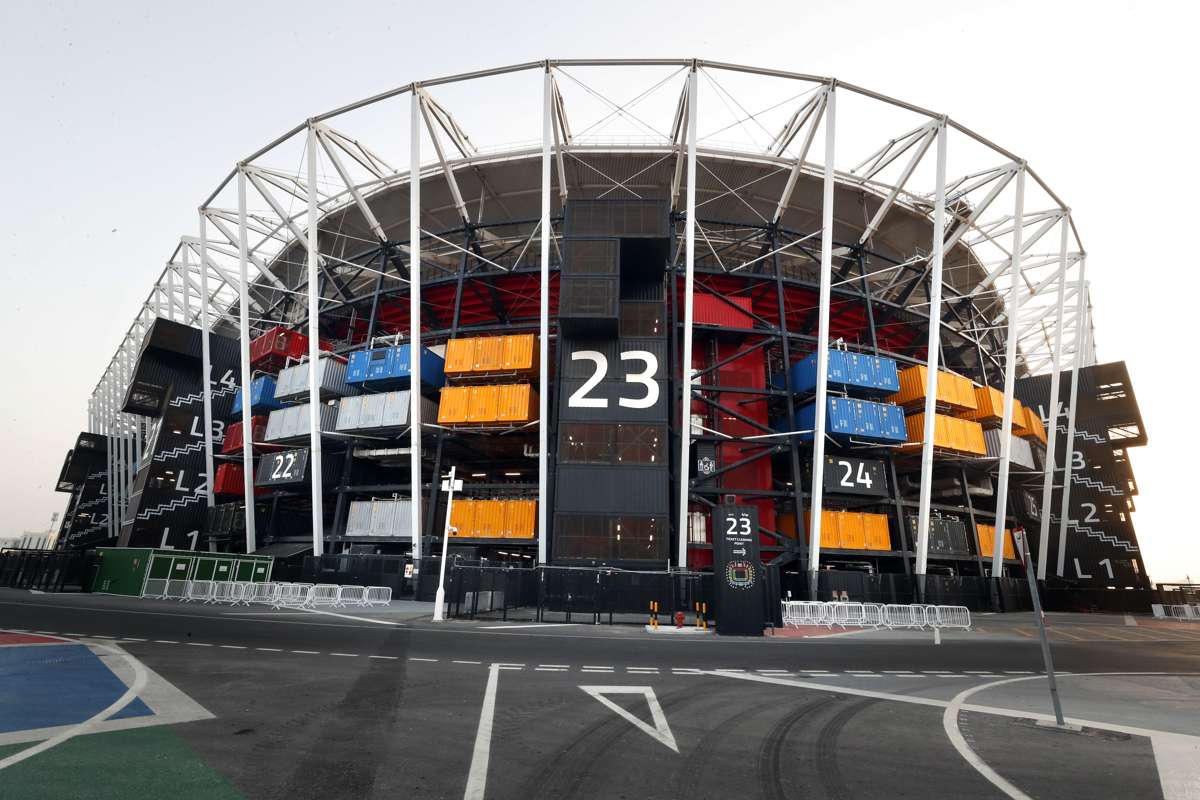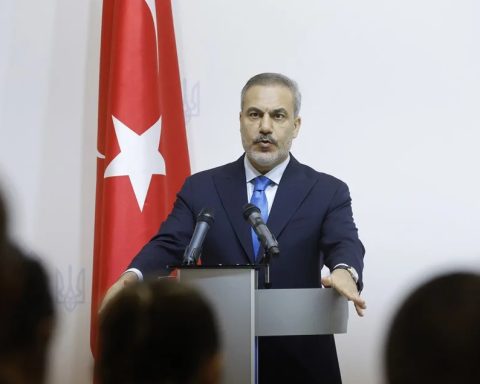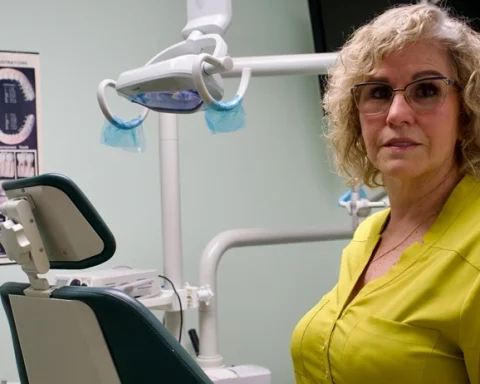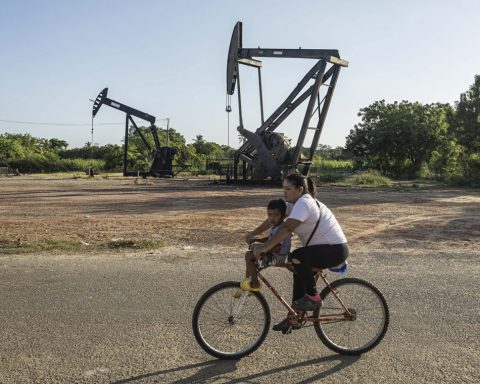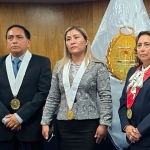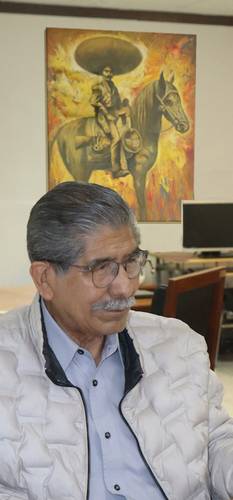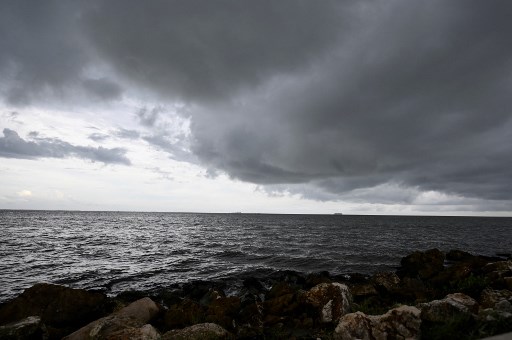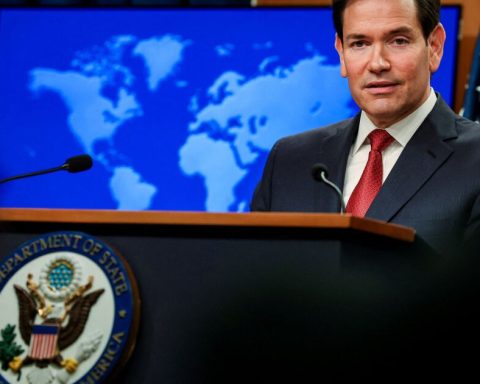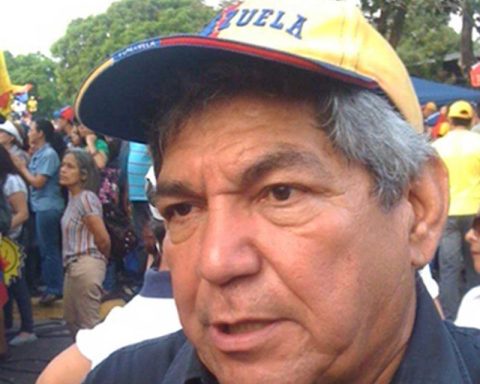In a country surrounded by desert and committed to the efficient management of its resources, sustainability has become a necessity. A challenge that in the World Cup qatar 2022 has marked the construction of the stadiums that host the tournament and that make the sporting event the “greenest” in history.
Waste management, the use of seawater desalination plants, solar energy, the efficiency of the stadiums themselves and their legacy, are the guidelines that govern the construction of the World Cup venues, which have their greatest exponent in the 974 stadium .
Capable of accommodating 40,000 spectators, the latter is the World Cup’s great challenge and has marked a before and after in terms of innovation, design and sustainability. It is the first fully detachable and reusable covered stadium, being built entirely from transport containers and modular steel.
This architectural prodigy was designed by the firm Fenwick Iribarren and is located in the port area of Doha, very close to the souk and the center of the capital, and pays homage to the Qatari commercial and navigation tradition.
Its name, 974, is not only the international telephone code for Qatar, but also the exact number of sea containers used in the construction. As if it were a children’s block game.
“We decided to make a stadium that would disappear after the World Cup, that could be transported, that could be dismantled and reassembled at the next World Cup. And, obviously, the piece of world transport is the maritime container, it’s like the transport brick, it’s like a Lego”, says Mark Fenwick, co-founder of the Fenwick Iribarren Architects (FIA) studio.
The firm, which has designed three of the eight stadiums for the 2022 Qatar World Cup —the aforementioned 974, Education City and Al Thumama—, highlights EFE that the “clear challenge” of the 974 was to make it “the most sustainable ever” thanks to the use of computers and simulators, especially for temperature management issues.
The legacy of the stadiums
For the architect, the idea of being able to give a second life to the stadiums is one of the essential parts of his design: “Obviously the great advantage is the possibility of reusing it. I can take it apart and I can put it together by making another stadium, or I can make ten or twenty different smaller buildings. With which it is reused. It is important since the steel and all the containers are reusable”.
After the tournament, the idea is to transform the containers and superstructure to create a waterfront development and business center.
In this sense, the design and the materials are not the only thing that is sustainable, but the location of the stadium itself.
“This site was a former industrial area. So we also did a great job of recovering and cleaning the land, ”he assures EFE Orjan Lundberg, one of the responsible for sustainability of Qatar 2022.
“In 974 we are building a world-class stadium, which meets all FIFA requirements through a purely modular design (…) Now we have stadiums that have large and beautiful parks with sports facilities, playgrounds for children, small restaurants , cafes, very crowded at night. And they are facilities that did not exist. Let’s think about ten years ago and in these areas in particular. That legacy already exists and will continue to exist for a long time,” he adds.
The reuse of the stadiums in the proposed areas had the active participation of the local communities, who expressed the needs of their neighborhoods to the organization of the World Cup Supreme Committee. “There is a lot of legacy around the stadium, both within the stadiums and around them,” Lundberg concludes.
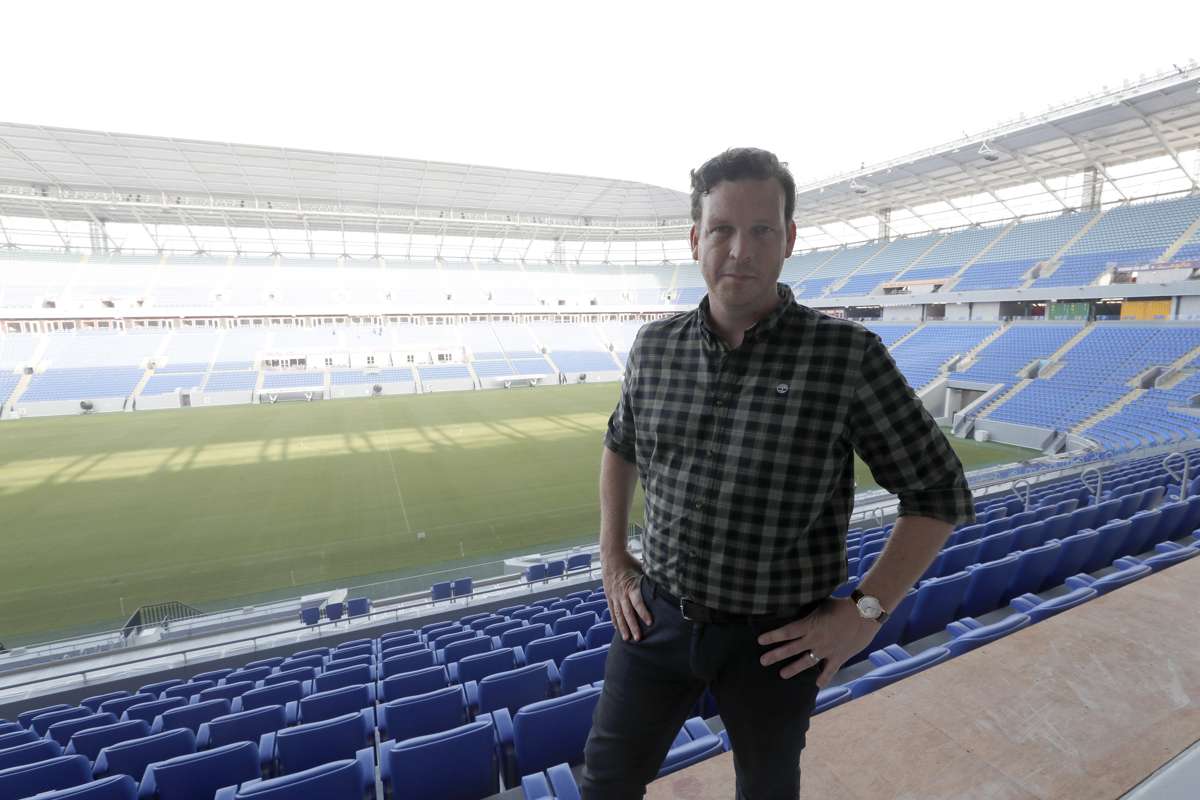
Circular economy and sustainability
The stadiums are designed to be sustainable in all areas: energy, in terms of legacy, waste management and in terms of circular economy.
“What we have done is obviously a spectacular design, in keeping with the country. But there is also a certain design in cost. The 974 can also be one of the cheapest stadiums in a World Cup, but I think that the functionality of the country is focused more on sustainability and also care. One of the evolutions in this World Cup has been that they want to make it much more human, much more accessible to people”, Fenwick details.
In Qatar 2022, the 64 matches of the tournament will take place in 8 stadiums barely separated by 55 kilometers, which allows fans to stay in the same establishment and be able to watch all the matches using only public transport.
“The fact that you can go from one stadium to another in a subway and see all the games in one day is something unique. And I believe that this is a convenience for the people who visit and that it will be unique as well. Of course, there hasn’t been that closeness before”, details the architect.
To create the stadiums, every detail has been thought of. “We have introduced some firsts at Qatar 2022. For example, we have been the first FIFA World Cup to obtain ISO 20121 sustainability certification (a standard that establishes the requirements for a sustainable event). And we have also been able to make it totally carbon neutral, which is also a first,” Lundberg details.
A process, which, as the organization’s sustainability manager highlights, “begins with the design of the stadiums. First, an optimal solution to position and orient them so that they can have the appropriate wind and shade flows. And then we looked at their structure to make sure they had good insulation. It’s like trying to keep hot air out and cold air in. You have to have good insulation.
On the sidelines, in a country where water is a precious commodity, they have managed to optimize the process of filtering salt water. “Fresh water comes from desalination. There is some fresh water, some desalination, but the water that is used for irrigation is generally reused. The shower water comes from desalination. The wastewater goes to municipal water treatment plants and the water is reused for irrigation,” Lundberg details.
Air conditioning and green energy
The Al Janoub stadium, with a capacity for 40,000 spectators and designed by Zaha Hadid, is another of the World Cup benchmarks.
“All the elements considered in the design are done in a way that is not a ‘white elephant’ (as buildings with a high cost of construction and maintenance that remain unused years later are known). And another indisputable element is the cooling system, something necessary since we also want to play in summer (the World Cup is in Qatar in winter) and the stadium allows it”, he assures EFE Al Janoub’s operations manager, William Morales.
Thanks to intelligent cooling technology and the help of the retractable roof, this stadium is able to maintain stable temperatures for fans and players, letting the heat rise.
“The entire volume (the stadium) is not refrigerated, it is only refrigerated above the fans, more than two meters it is not necessary to refrigerate. The air circulates and there comes a time when it is not necessary to add extra cooling to this circulation. It just spins. There is a solar panel farm that provides energy and at peak times of energy consumption or when it is not being used, this energy is distributed to the city network. Cold air is down, hot air is up,” he details.
Thoughtful fan-focused designs, reusability, a community legacy and careful analysis of the energy footprint make Qatar 2022 the most sustainable and responsible World Cup in history.
